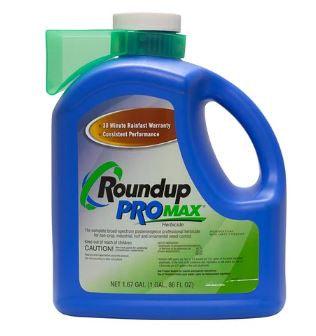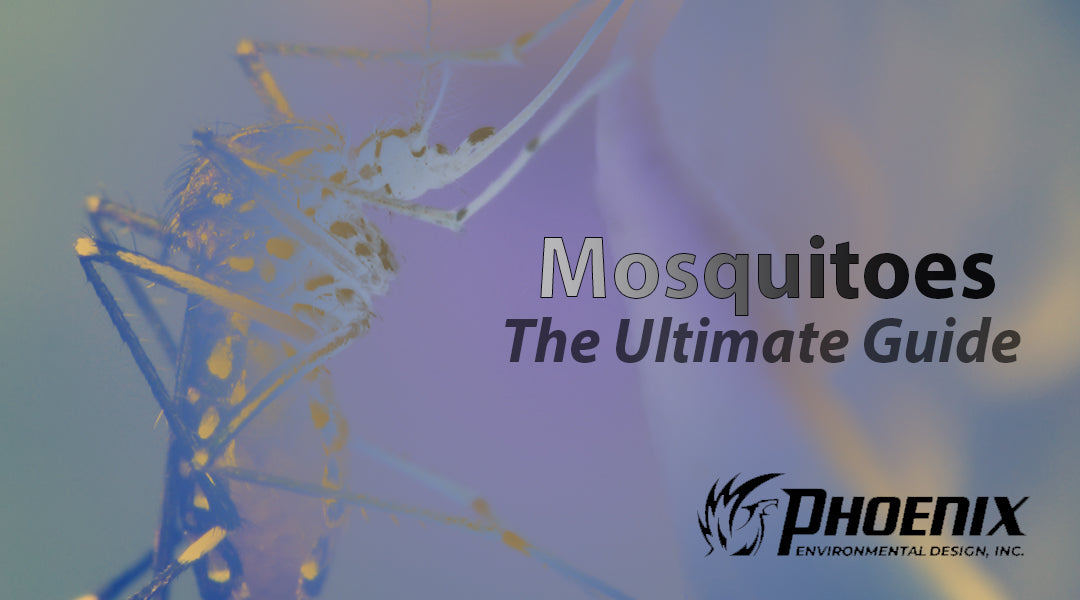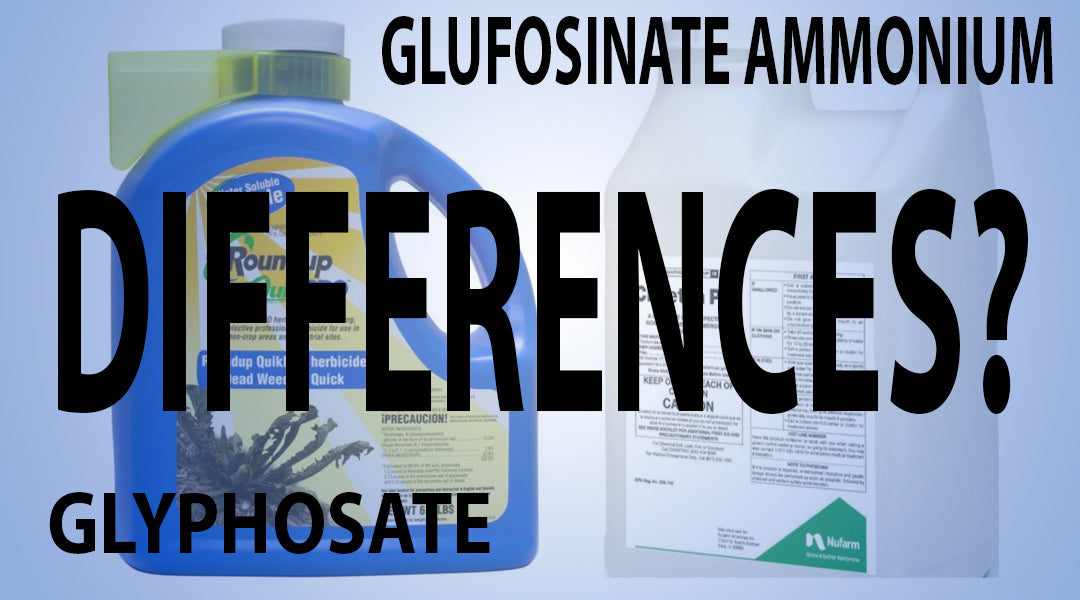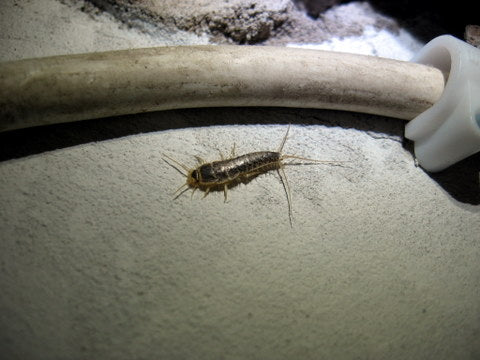- Agriculture
- Landscaping
- Forestry
- Gardening
- Mode of action
- Site of action
- Chemical families
- Time of application
- Selectivity
- Translocation
- Contact
- Absorption
- Movement
- Toxicity
- Weed/Plant Death
Mode of action knowledge of an herbicide is necessary, especially for agriculture. On a commercial scale, knowing the injury symptoms, one can devise the appropriate crop-management strategy. It is important to note that herbicides belonging to a specific group have the same mode of action even though they may have a different chemical family. Below we are going to discuss two chemicals: Glufosinate Ammonium and Glyphosate. These chemicals are used in herbicides and often used together to manage and kill weed growth. We will go over their properties, differences, similarities, and the pros and cons of each one.
Glyphosate
Glyphosate is an herbicide that is found in herbicide chemistry Group 9. It is considered an organophosphorus compound that is systemic and translocating. Glyphosate does the following:
Inhibits the EPSP synthase pathway
Blocks essential amino acids needed for the photosynthetic processes
Works slowly (7–14 days) This herbicide is recommended to be mixed with 5 to 10 gallons of water per acre and sprayed with medium to large-sized droplets. G
Glyphosate should be sprayed when weeds are actively growing. However, it should not be applied during times of intense heat and drought. Glyphosate is used in and around areas such as: Greenhouses and nurseries, golf courses, ornamentals (trees, shrubs, and bushes), non-crop areas, and turf.
Glufosinate Ammonium
Glufosinate Ammonium is a Group 10 herbicide and is also an organophosphorus compound. It is a contact, semi-translocating herbicide that does the following:
Inhibits glutamine synthetase
Kills by inhibiting a plant’s ability to utilize nitrogen
Causes ammonia within the plant to become toxic to the plant
Works very quickly (24–72 hours) It should be mixed in 15 to 20 gallons of water per acre and sprayed with medium to coarse droplets. The application should not be done with LibertyLink and FloodJet nozzles, controlled droplet application equipment, or air-assisted spray equipment. Weeds need to be sprayed as they are actively growing, and application is best during daylight with temps at or above 86 degrees Fahrenheit.
Glufosinate ammonium is used in the following areas: Airfields, airports, alleys, paths and trails, access roads, commercial or industrial structure perimeters, farm outbuildings, ornamental gardens and trees, shrubs, and bare ground.
Similarities and Differences
While they have a comparable spectrum of control, these two chemicals differ in the fact that Glufosinate seems to be more effective on annual broadleaf weeds, whereas Glyphosate is more effective on annual grasses.
In contrast to Glyphosate, Glufosinate is a contact herbicide. It is noted that Glyphosate will help to control large weeds, and Glufosinate helps to manage weeds. Since Glufosinate is a non-selective, post-emergent herbicide, it will move within the treated foliage but does not translocate. Thus, it will not typically control perennial weeds (bindweed, goldenrod, bermudagrass, etc.) as well as Glyphosate.
With that being noted, reduced translocation of Glufosinate may be more advantageous in use over Glyphosate with applications to trim, edges, and landscape beds. As for soil application, Glufosinate has little to no potential for root uptake.
Pros and Cons
Although Glufosinate Ammonium typically does not combat grasses, Cheetah Pro Herbicide is specially formulated to take on the toughest broadleaf weeds and grasses. Although both chemicals are sprayed on actively growing weeds, Glufosinate Ammonium works more quickly than Glyphosate.
Both herbicides are non-selective; however, herbicides like Cheetah Pro that contain Glufosinate Ammonium can target more species of weeds than Glyphosate. Each of these chemicals is pet safe if used as directed. Although herbicides containing Glufosinate Ammonium tend to be more expensive, they are generally more effective in managing weed growth. It has been found that Glufosinate helps to manage and control glyphosate-resistant weeds.
Best Practices for Herbicide Application
In order to achieve successful weed management, the herbicide has to be applied with several factors in mind, such as temperature, weather, environment, and soil conditions. To properly apply herbicides and avoid the negative repercussions, there are other things to consider. Below, we have provided five herbicide best practices.
1. Properly identify the weed growth you have So that the correct herbicide is used, you must identify the weed growth you have. As we noted above, some herbicides are better at killing and managing broadleaf weeds more so than grassy weeds. Purchasing a broadleaf weed killer to kill grassy weeds will be completely unsuccessful and leave you frustrated and spending more money.
Once you have acquired a target list of weeds, you will need to research each weed’s lifecycle. This will help to determine which herbicide will work best. Taking the time to read and understand the herbicide's label will be the most helpful thing before purchasing. Often the label is overlooked, leading to misapplication and mishaps. The label, which provides a wealth of knowledge, will help achieve better weed control and avoid potentially harmful effects to surrounding plants.
2. Be sure your herbicide matches your management method The herbicides mentioned above are to be sprayed on actively growing weeds, which means they are post-emergent herbicides. When selecting an approach, the following should be considered:
Pre-emergent weed control: Controls annual grasses and broadleaf weeds when the herbicide is applied in early spring before seed germination.
Post-emergent weed control: Controls weeds in either cool or warm seasons. Applications of post-emergent are best when the weeds are young.
3. Stay informed of new solutions Don't be scared to try new herbicides. Don't mistake that older herbicide chemistries are going to do the best job. Older herbicides are usually more affordable, but new products can often provide more control. Continuing to "go with what you know" is, unfortunately, a strategy that can cost you in the long term and result in herbicide resistance as well as poor weed control. Some older herbicide chemistries have been improved too, so staying informed will help maintain a solid weed management strategy. New herbicide technologies include:
- Slow-release granules
- Micro-encapsulated liquids
- Quick absorption liquids
- Rainfast liquids
4. Optimize your equipment Your application is as only as good as its applicator. If you have read the label and know that the herbicide should be sprayed with medium to coarse, but you spray large droplets instead, damage to other plants is possible. Before any application, make sure you have the right equipment and that it is operating properly. Sprayers and spreaders need to be in good working condition and calibrated properly.
To achieve accurate coverage, proper droplet size and reach must be known and set. It is also important that spray equipment maintain constant pressure and flow. This allows for even distribution of the herbicide from start to finish. For handheld and backpack sprayers, check for corrosion on metal parts, clogged nozzles, or sales that may be damaged.
Always rinse your sprayers out when you have completed your application. With spreaders, the hopper needs to be checked so to ensure that it is opening and closing properly. It also needs to be rotating freely.
5. Mix products correctly If mixing products, you must know what is safe and compatible. Tank mixing will save time; however, without proper precaution, it can be highly dangerous. Always read the product's label carefully to determine the herbicide's compatibility with other herbicides as well as other products. The label will provide details about the product and what it can and cannot be mixed with.






Leave a comment (all fields required)